An update on the Stone Age project from our Site Archaeologist Claire Walton…
The site’s a swamp, there’s about 4 hours of working daylight and the rain just keeps on coming….. There’s nothing like tackling a building project in the middle of winter, is there?
In spite of all of the above, the end of week 2 has seen us complete the main structural elements of the build, with all of the 5 A frames up and secured in the ground. Dare I say it, but we are ahead of schedule.
We have worked in close collaboration with Wessex Archaeology throughout, with the brief of fulfilling two important aims. One is that we must be faithful to the original excavated footprint of the building. The second is that we should use only the tools and knowledge available to Neolithic people!
Until recently, there was very little compelling artefactual evidence for carpentry in the Neolithic. However, thanks to the recent discovery of four waterlogged wells in Eastern Germany, we know more about what can be achieved using only stone or bone tools.
Excavations of these wells have revealed tusked mortice and tenon joints holding the oak frame of the wells together. Using dendrochronology, these timbers have been dated to between 5099 and 5206BC!
Fortunately the start of our build has not required such complex carpentry. The construction is formed from timbers in the round but we decided to use lap joints as this creates a nice flat surface where timbers meet each other, producing a more robust building (we hope!) We have conducted tests to demonstrate that all the joints and features could have been created using a Neolithic tool kit.
Using a flint axe to create these joints was relatively straightforward and surprisingly quick. We used a wide range of flints of different sizes and shapes, with the mediocre quality of some of the flint being a great opportunity for the workmen (and woman) to blame their tools! If I’m being honest, it is our skillset that is primitive, rather than the tools themselves!
For additional strengthening, we have pegged these joints and were able to demonstrate quite convincingly that drilling holes through timber can be achieved in the absence of an electric drill or augur. In fact, we used nothing more complex than a bone chisel appropriated as a sort of bradawl. It took around 1 hour of scraping, wiggling and scooping to punch right through a 4-5 inch diameter pole of green scot’s pine. Even when the bone broke, it continued to work very effectively. Knepp Castle Estate very kindly donated bones from some of their cattle and pigs so we can conduct further studies using ‘slow-grown’ organically produced bones as the bone structure is more dense and less likely to break that those of more intensively reared livestock.
An oak dowel was then wedged and bashed through the hole to peg two timbers together working very effectively, and taking far less time than we had imagined. Beautiful!
It has not only been a productive week on site, but off site too. On Tuesday, I was joined by Gareth Chaffey of Wessex Archaeology at the TAG conference in London, hosted by UCL and the Institute of Archaeology. We presented a joint workshop to talk about our collaboration with a wider audience. To keep idle hands busy, we taught all the participants how to make a piece of cordage the results of which were collected at the end of the session and will be used when we start to thatch the house.
Making cordage turns out to be quite meditative and calming. It’s also rather hard to put down – our participants were still making more whilst listening to the next speaker!



